Recent investigations of this rocky exoplanet signify a significant milestone in planetary science and for the James Webb Space Telescope.
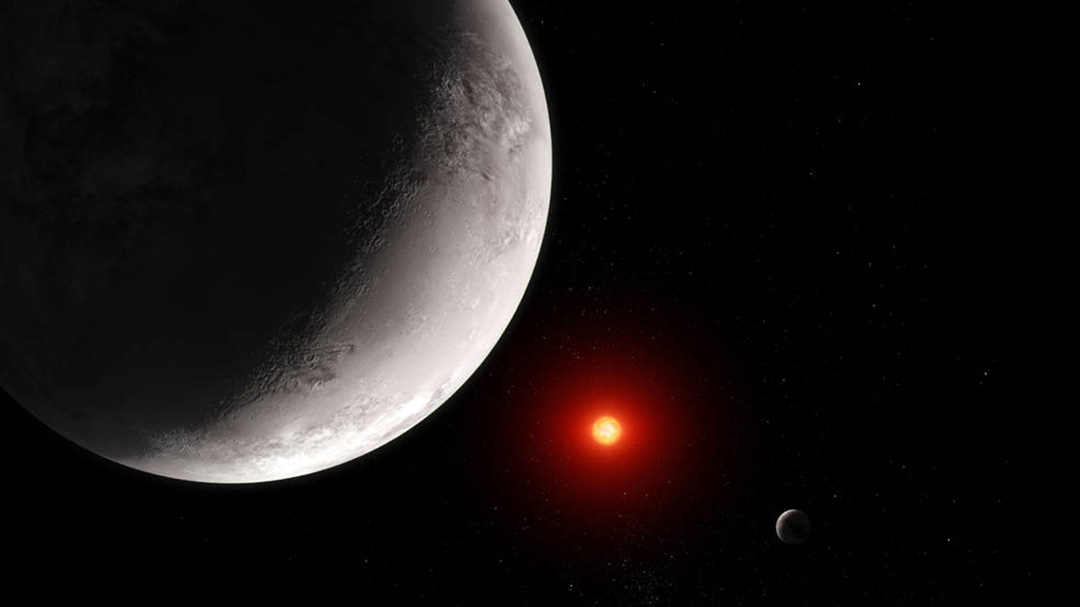

Recent investigations of this rocky exoplanet signify a significant milestone in planetary science and for the James Webb Space Telescope.
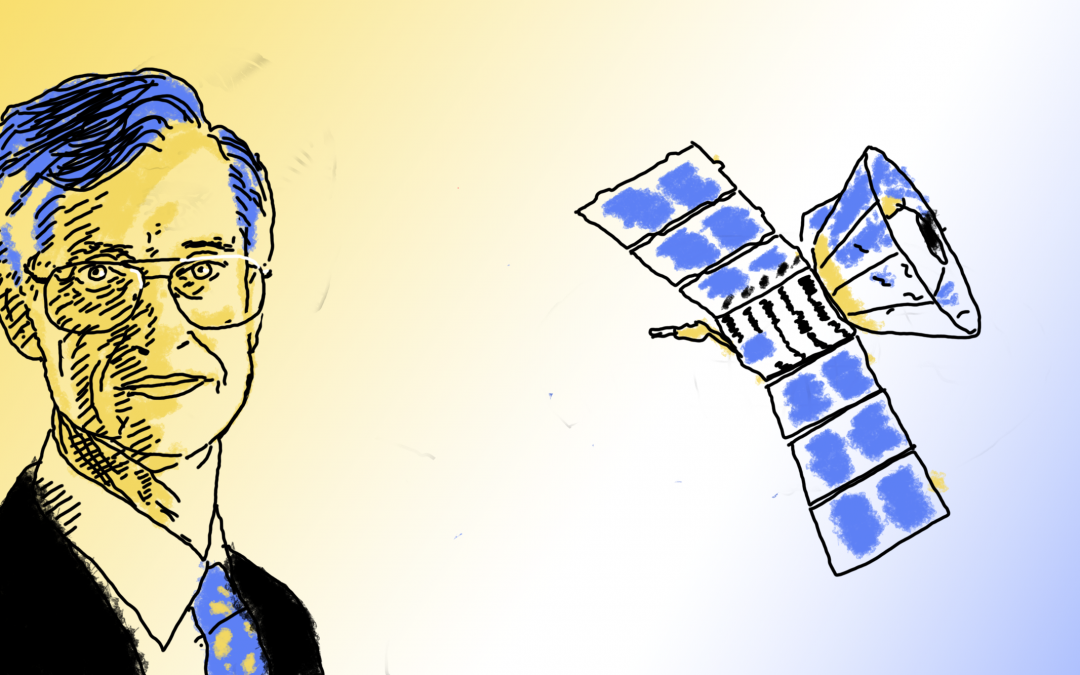
With the launch of the James Webb Telescope, this edition of Pioneers in Science honors an integral member of its mission: John Mather.
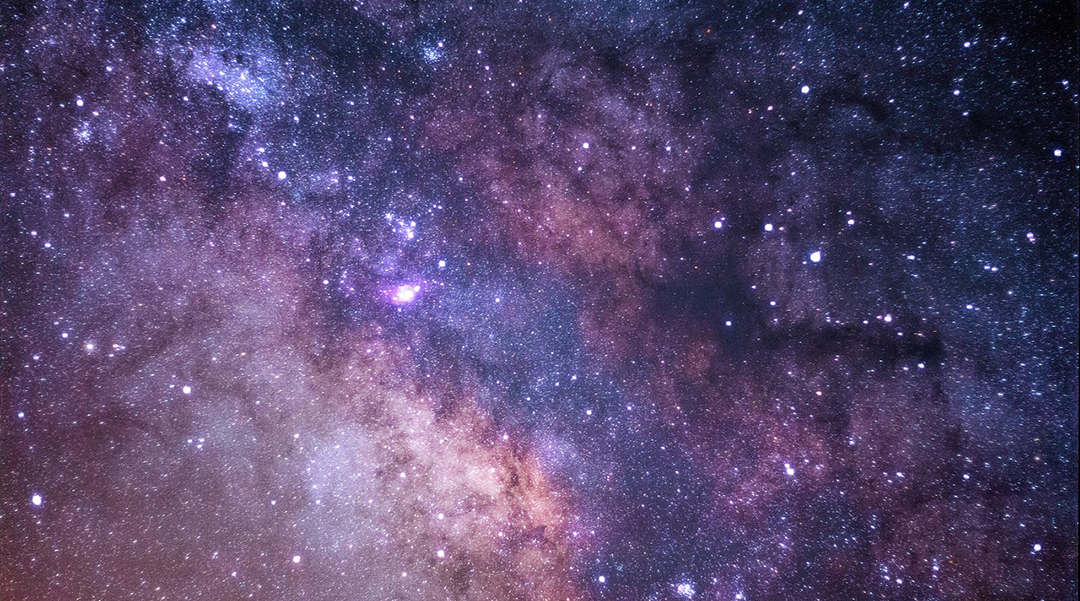
Hubble’s deep near-infrared campaign reveals more supermassive black holes in the early universe than previously expected.
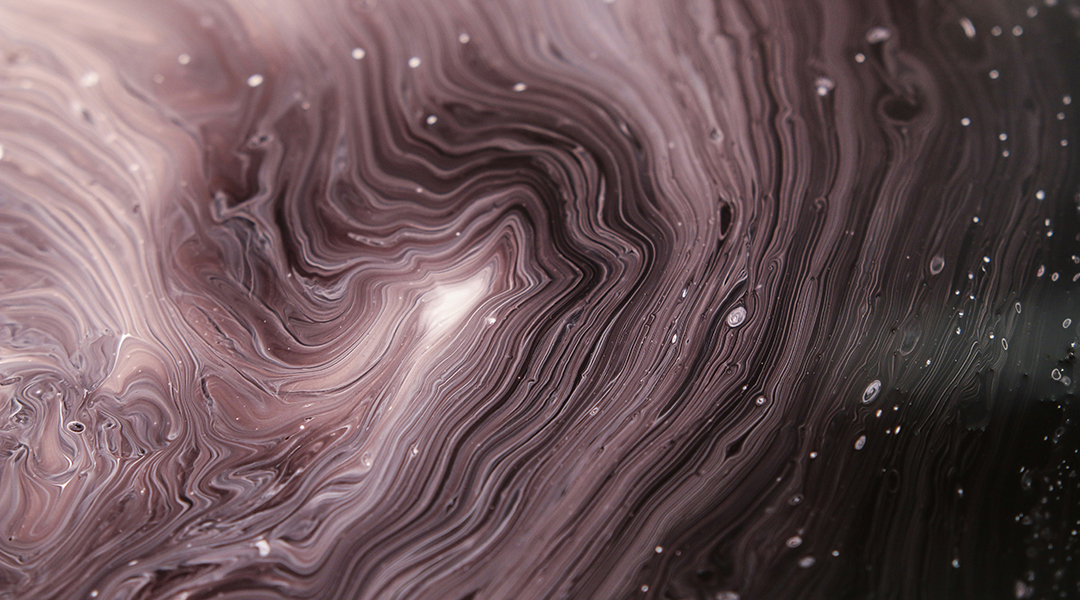
Scientists theorize that cosmic strings interacting with dense matter in the early universe provided the seeds for galaxies and black holes.

When the light absorbers are made very small, almost all the device performance metrics improve—but doing this is easier said than done.
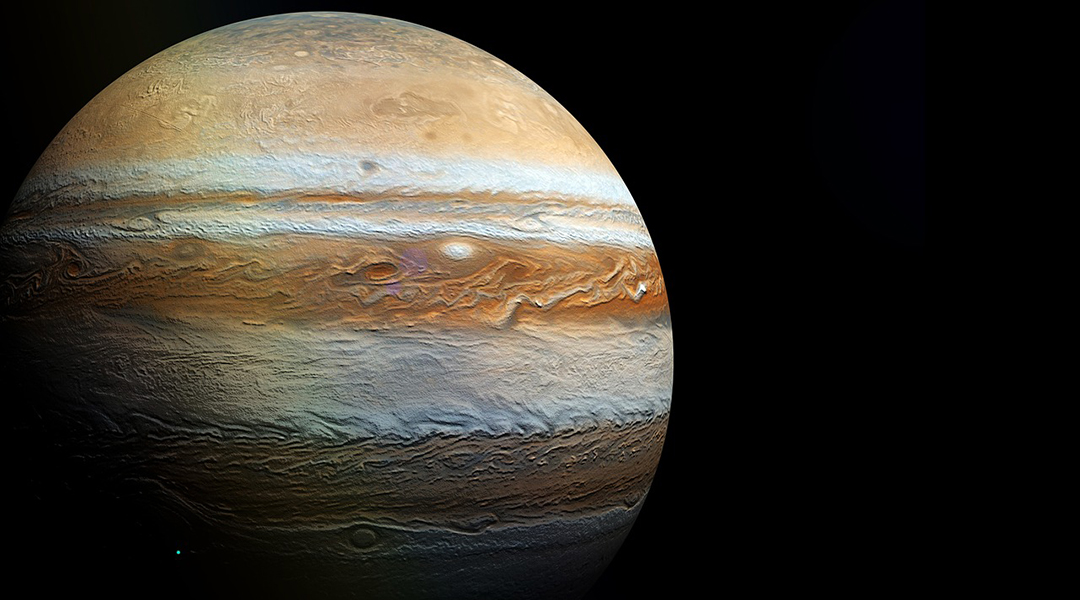
Astronomers propose that an infrared glow observed in Jupiter’s atmosphere may be dark matter particles colliding.
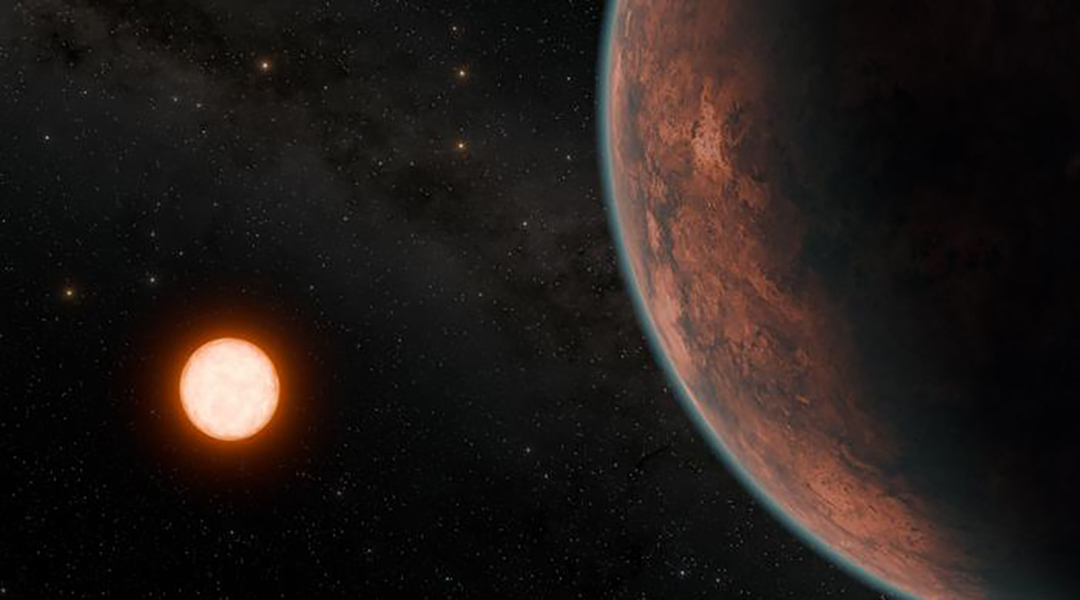
Orbiting a cool, red dwarf star, Gliese 12 b offers insight into atmosphere retention near stars, sparking new questions about habitability.
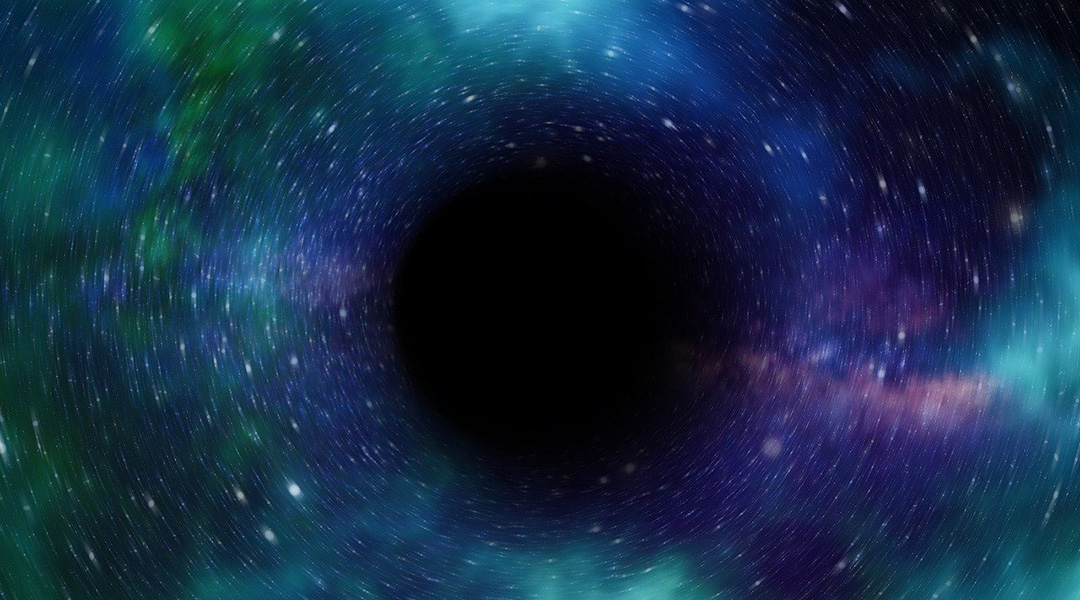
The new findings contradict most observations of supermassive black holes, making this an unprecedented discovery.
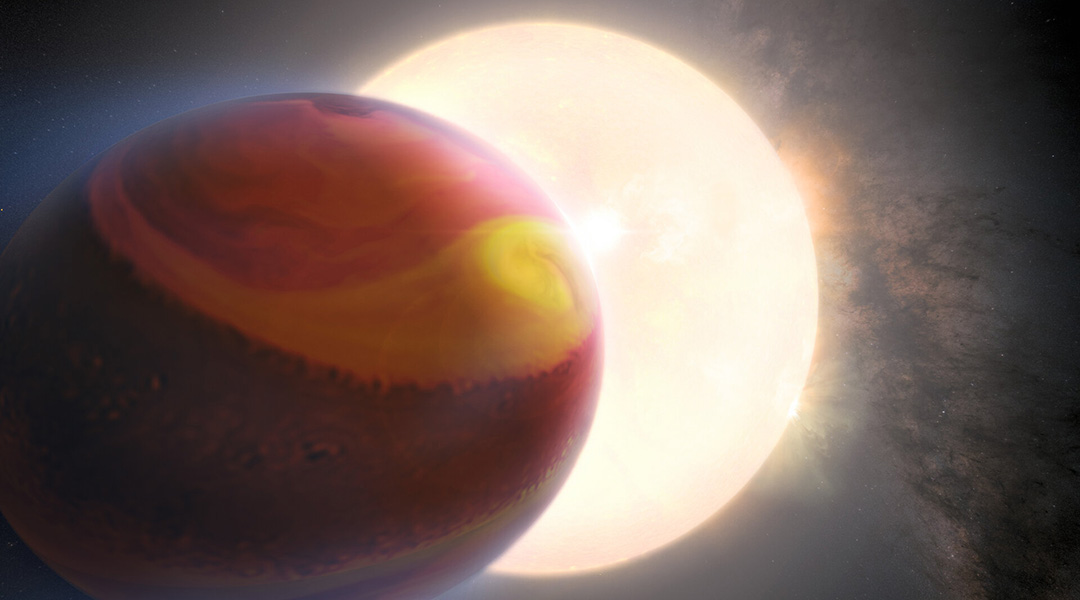
The Hubble Space Telescope saw massive cyclones, storms, and weather chaos in the changing atmosphere of WASP-121b, a planet so hot it rains iron, sapphires, and rubies.
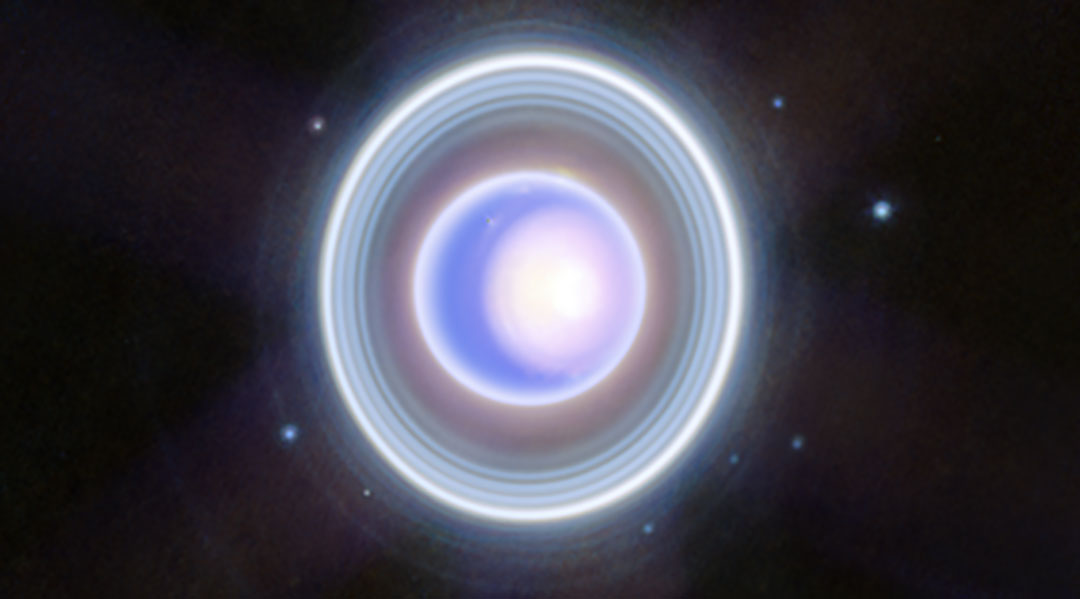
The powerful telescope gave space fans an early Christmas present in the form of a detailed image of Uranus, observed using infrared light.